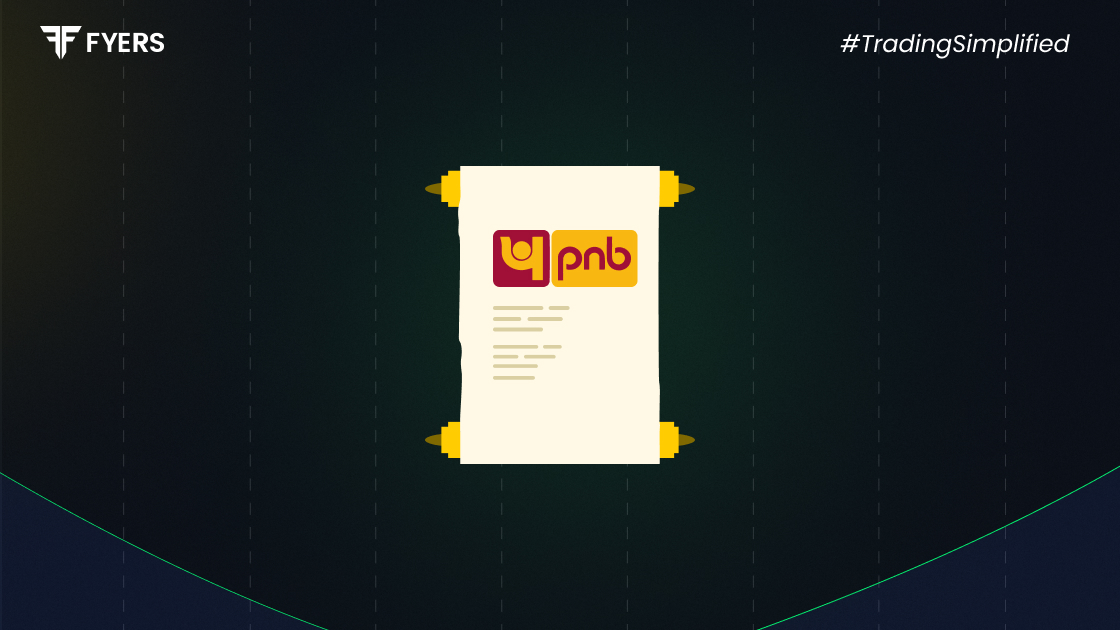

 5 May, 2025
5 May, 2025
 4 mins read
4 mins read

Punjab National Bank, popularly known as PNB, is one of India’s oldest and most trusted public sector banks. With a legacy spanning over a century, it has played a key role in the country’s financial development. From its early beginnings in the pre-independence era to its major expansions and reforms post-independence, the history of PNB is a testament to resilience, innovation, and service to the nation.
Let’s explore the Punjab National Bank history, right from its foundation to its modern-day contributions to India’s economy.
The history of Punjab National Bank dates back to the late 19th century. Punjab National Bank was founded on May 19, 1894, in Lahore, which was then part of undivided India and is now in Pakistan. What set PNB apart from other banks of that era was that it was the first bank in India that was purely managed by Indians with Indian capital.
The founder of Punjab National Bank was Lala Lajpat Rai, a prominent freedom fighter and social reformer. He, along with other nationalist leaders like Kali Prosanna Roy, E. C. Jessawala, and Dyal Singh Majithia, envisioned a bank that would empower Indian entrepreneurs and farmers during British rule.
The bank started its operations on April 12, 1895, with its first office at Anarkali Bazaar in Lahore. Within a few years, it gained a strong foothold in North India. PNB financed many small businesses and Indian-owned enterprises, promoting economic self-reliance.
The Partition of India in 1947 had a massive impact on Punjab National Bank. As Lahore became a part of Pakistan, the bank lost its head office and a significant portion of its assets. This was a challenging phase in the history of PNB, but it quickly shifted its headquarters to Delhi and resumed operations in India.
What happened to PNB during Partition was a remarkable example of resilience. Despite losing nearly 33% of its branches and a large part of its deposits, PNB managed to rebuild and continue serving its customers without any major disruption.
After independence, the bank expanded steadily across India. It was nationalised in 1969 along with 13 other major Indian banks. This allowed PNB to reach rural areas and cater to a wider population, especially farmers, small traders, and low-income families.
In 1993, PNB became the first Indian bank to computerise all of its branches, setting a benchmark for digital banking transformation. Over the years, PNB has merged with other banks such as New Bank of India in 1993 and more recently, Oriental Bank of Commerce and United Bank of India in April 2020, making it the second-largest public sector bank in India by assets.
Here are some key moments in Punjab National Bank's history:
1894: Punjab National Bank was founded in Lahore.
1947: Shifted headquarters to Delhi post-Partition.
1969: Nationalised by the Government of India.
1993: Acquired the New Bank of India.
2002: Listed on the National Stock Exchange (NSE).
2020: Merged with Oriental Bank of Commerce and United Bank of India.
2021 onwards: Continued focus on digital banking, UPI, and financial inclusion initiatives.
These milestones show how PNB has consistently evolved with time, embracing new technologies and expanding its reach.
PNB has played a major role in shaping India’s banking landscape. By providing credit to agriculture, small industries, and MSMEs, the bank has supported millions of livelihoods.
It also takes part in various government schemes like PM Jan Dhan Yojana, Mudra Loans, and Atmanirbhar Bharat initiatives. With more than 180 million customers and over 10,000 branches across India, PNB is a key player in boosting financial inclusion.
The bank also supports digitisation and green banking. PNB has been promoting paperless banking and energy-efficient practices in its branches. It continues to support India’s vision of a Digital India by offering robust online and mobile banking services.
The history of Punjab National Bank is not just about the journey of a financial institution, it’s also about India’s progress as a nation. From surviving the partition to becoming one of the top public sector banks, PNB's journey reflects determination, service, and growth. Much like the brand ambassador of PNB, Virat Kohli, who embodies strength and determination, Punjab National Bank remains committed to its founding principles: empowerment, integrity, and nation-building.
Punjab National Bank was founded on May 19, 1894, in Lahore (now in Pakistan). It began operations on April 12, 1895.
The founder of Punjab National Bank was Lala Lajpat Rai, along with other Indian leaders such as Kali Prosanna Roy, E. C. Jessawala, and Dyal Singh Majithia.
During the Partition of India in 1947, PNB lost its head office in Lahore and nearly 33% of its branches. The bank quickly relocated its headquarters to Delhi and resumed services without much delay, showing great resilience.
As of April 2025, the brand ambassador of PNB is Virat Kohli, the former Indian cricket team captain. His association with the brand reflects trust, reliability, and excellence—values that PNB stands for.
Calculate your Net P&L after deducting all the charges like Tax, Brokerage, etc.
Find your required margin.
Calculate the average price you paid for a stock and determine your total cost.
Estimate your investment growth. Calculate potential returns on one-time investments.
Forecast your investment returns. Understand potential growth with regular contributions.